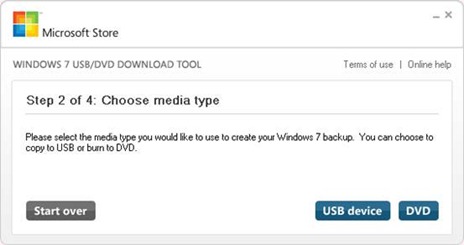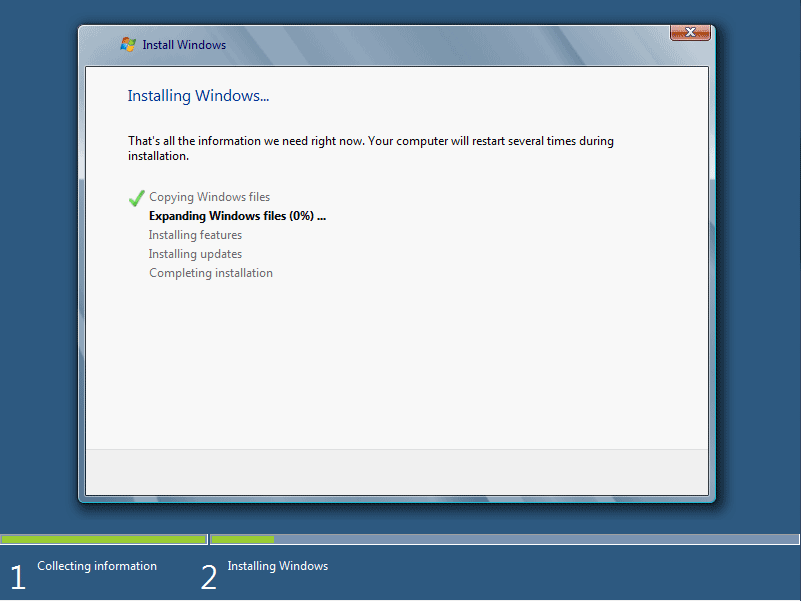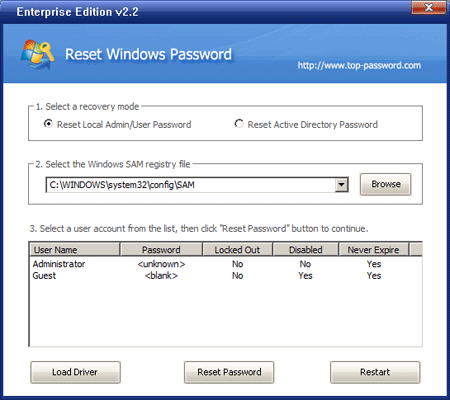I have a Windows 7 Professional machine with the administrator account disabled, and the local user account is locked out. Is there any way to unlock this machine?
You may be totally locked out of Windows after several invalid password attempts. Or accidentally disable your own administrator account? How to regain access to your computer without reinstalling Windows? This article will show you how to unlock administrator account in Windows 7/Vista/XP if the administrator account is disabled or locked out due to reaching its account lockout threshold of invalid login attempts.
How to Unlock Administrator Account in Windows 7/Vista/XP? The procedure can be divided into 3 steps:
Step 1: Create a Windows Password Unlocker Disk
- First we need to find an accessible computer so we can create a Windows password unlocker disk on it.
- Download the ISO image of Reset Windows Password boot CD which is zipped.
- Extract the ISO file from the ZIP archive using WinZip.
- Burn the ISO file to a CD or USB drive using ISO2Disc. After a few minutes a Windows password unlocker disk will be created and we’ll used it later to unlock administrator account.
Step 2: Set Your Locked Computer to Boot from Password Unlocker Disk
- Turn on your locked computer and hold down F2 or whatever the setup key is shown as during the initial boot screen. This should bring up the BIOS.
- In the BIOS look for the Boot Device Priority option, set CD/DVD as the 1st boot device if you want to boot from Windows password unlocker CD. You can either set Removable Device as the 1st boot device if you want to boot off a Windows password unlocker USB drive.
- Next save your changes and reboot the computer.
Step 3: Unlock Windows Administrator Account
- Once your computer boots from the Windows password unlocker disk, it will launch the Reset Windows Password utility.
- This utility automatically scans your hard drive and find Windows SAM databases for all your Windows installations.
- Choose a Windows SAM database. The program will display all Windows user accounts inside it.
- Select the administrator account which is locked out or disabled, then click Reset Password button. The program will instantly unlock the administrator account if it it locked out, enable the account if it is disabled and also remove the password you may forgot.
Now you’ve completed the task of unlocking Windows administrator account. Remove the Windows password unlocker disk and reboot your computer. You’ll then log in to your administrator account without being stuck at the login screen. Easily regain access to your Windows 7/Vista/XP computer without losing any important file.
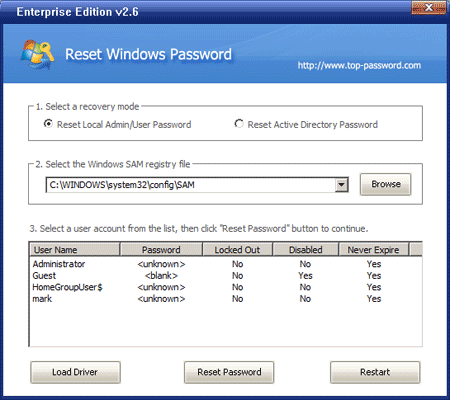
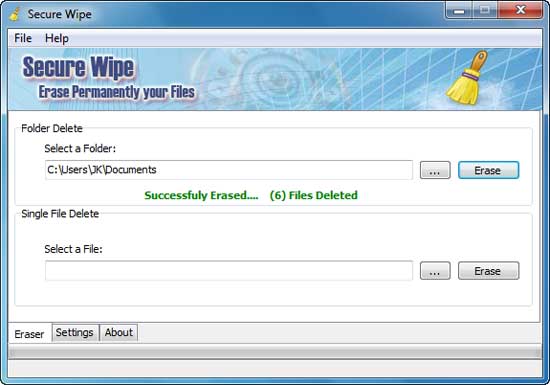
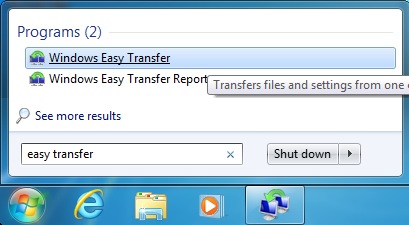
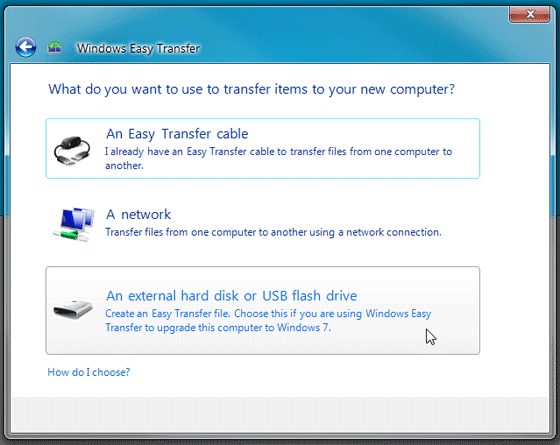
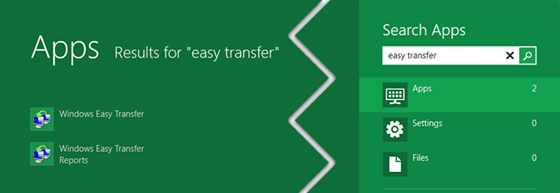

 One of the most convenient tools browsers offer is the ability to save and automatically prefill your website login details and passwords. Because so many sites require accounts and it is well known (or should be at least) that using a shared password is a big no-no, a password manager is almost essential and also a handy feature. But what happens if someone is wandering by and decides to start poking around with your browser and vulnerable internet sites?
One of the most convenient tools browsers offer is the ability to save and automatically prefill your website login details and passwords. Because so many sites require accounts and it is well known (or should be at least) that using a shared password is a big no-no, a password manager is almost essential and also a handy feature. But what happens if someone is wandering by and decides to start poking around with your browser and vulnerable internet sites?